In the intricate world of business-to-business (B2B) interactions, where deals are forged between enterprises rather than individuals, the concept of pricing transcends the simplicity of fixed figures. Dynamic pricing, a multifaceted strategy, is redefining how B2B transactions unfold. No longer confined to traditional static rates, dynamic pricing in the B2B realm is a strategic dance that adjusts prices based on real-time factors. It's a method that harmonizes supply, demand, market trends, and individual client relationships.
This blog delves into the nuances of dynamic pricing within the B2B landscape. From the mechanics behind its operation to the implementation of tailored pricing strategies, we explore the role dynamic pricing plays in fortifying B2B relationships and enhancing bottom lines. As B2B interactions become more intricate, dynamic pricing proves itself to be a crucial tool for navigating the complexities of modern commerce. Let's journey into the world of B2B dynamic pricing, where adaptability and precision converge to pave the way for seamless transactions and enduring partnerships.
Understanding B2B Dynamic Pricing
In the intricate landscape of business-to-business (B2B) transactions, where enterprises engage in intricate negotiations, the concept of pricing is far from static. Dynamic pricing, a strategic pricing strategy, has emerged as a dynamic force shaping B2B interactions. This section delves into the mechanics, factors, and models that characterize B2B dynamic pricing, providing a comprehensive insight into this evolving realm.
Mechanics of Dynamic Pricing in B2B Context
In the intricate world of business-to-business (B2B) transactions, where deals are struck and partnerships are formed, the concept of pricing undergoes a fascinating transformation. Dynamic pricing, a strategic approach, is the heartbeat of this evolution. Let's delve into the intricate mechanics of dynamic pricing within the B2B context to understand how it orchestrates a symphony of variables and algorithms to redefine pricing dynamics.
- Real-time Adaptation: Dynamic pricing in B2B thrives on real-time data streams. It's about capturing the essence of the moment – market shifts, demand surges, and supply constraints – to adjust prices accordingly. Through a constant influx of information, B2B enterprises can dynamically recalibrate their prices to match the ever-changing environment.
- Algorithmic Insights: At the heart of B2B dynamic pricing lies complex algorithms. These algorithms crunch numbers, analyze historical data, and interpret market trends. They discern patterns that human intuition might miss, enabling B2B companies to predict demand spikes and price fluctuations with remarkable accuracy.
- Customized Pricing Tiers:B2B transactions often span a spectrum of clients with varying needs and financial capacities. Dynamic pricing tailors itself to this diversity by offering customized pricing tiers. These tiers are a reflection of the client's purchasing history, order volume, and long-term potential. This personalization not only fosters loyalty but also ensures optimal revenue from each client.
- Dynamic Adjustments: In the realm of B2B, change is constant. Dynamic pricing excels at adapting to change. Whether it's an unexpected market shift or a sudden surge in demand, the pricing mechanism responds swiftly. B2B enterprises can adjust their prices in real time, aligning them with prevailing conditions.
- Value-based Pricing: B2B transactions aren't solely about products; they're about value propositions. Dynamic pricing takes into account the unique value that each client derives from a product or service. It factors in variables like industry impact, business growth potential, and competitive advantage to arrive at a price that mirrors the value exchanged.
- Strategic Negotiation: B2B transactions often involve intricate negotiations. Dynamic pricing provides a strategic advantage by offering real-time insights during negotiations. B2B enterprises can adjust prices dynamically based on the negotiating atmosphere, ensuring that deals are sealed at optimal terms for both parties.
Factors Influencing B2B Pricing Decisions
The realm of B2B dynamic pricing is a finely tuned orchestra, where numerous factors harmonize to shape pricing decisions. Unlike the simplicity of fixed pricing, B2B pricing decisions are a complex interplay of variables. Let's explore the key factors that wield influence over B2B pricing strategies:
- Market Demand and Supply:The cornerstone of B2B dynamic pricing is the delicate balance between demand and supply. Pricing decisions are molded by the ebb and flow of market demands. When demand surpasses supply, prices can increase; conversely, a surplus might lead to price adjustments downward.
- Competitive Landscape:In a competitive B2B landscape, prices often mirror those of rivals. Dynamic pricing allows B2B enterprises to react swiftly to competitive price changes. By staying aligned with market rates, businesses can avoid being undercut and maintain their competitive edge.
- Customer Segmentation:B2B clients are a diverse group, each with distinct preferences, budgets, and expectations. Dynamic pricing accommodates this diversity by segmenting customers. Prices are tailored to match the value perceived by each segment, ensuring that pricing resonates with the unique needs of individual clients.
- Time and Timing:Time holds sway over B2B pricing decisions. Dynamic pricing takes into account the time of day, day of the week, and even seasonal fluctuations. These temporal considerations allow B2B enterprises to optimize revenue by capitalizing on time-bound opportunities.
- Order Volume and Frequency:B2B transactions often involve bulk orders and repeated purchases. Dynamic pricing embraces this reality by offering tiered pricing based on order volume and frequency. Higher order quantities may unlock discounts, incentivizing larger purchases.
- Negotiation Dynamics:B2B pricing often involves negotiation. Dynamic pricing accommodates this by providing flexibility during negotiations. Prices can be adjusted in real time based on the evolving negotiation environment, ensuring that deals are mutually beneficial.
- Supplier Costs and Relationships:The cost of goods for B2B enterprises can vary due to supplier relationships and external factors. Dynamic pricing factors in these costs, ensuring that pricing decisions reflect the actual expenditure.
- Value-added Services:B2B transactions often involve value-added services beyond the product itself. Dynamic pricing considers these services, ensuring that pricing encapsulates the entire value proposition.
- Contractual Agreements:B2B relationships often involve long-term contractual agreements. Dynamic pricing takes these agreements into account, offering flexibility while adhering to the terms set forth.
- Business Goals and Strategies:Every B2B enterprise has unique goals and strategies. Dynamic pricing aligns pricing decisions with these overarching objectives, ensuring that revenue maximization and strategic goals work hand in hand.
B2B dynamic pricing is an intricate dance of factors, each contributing to the delicate balance of pricing decisions. The interplay of these variables underscores the adaptive nature of dynamic pricing. As we unravel the intricacies of B2B pricing, the significance of these factors becomes apparent, shaping a pricing landscape that thrives on agility and precision.
Read Also: Exploring Low Code No Code: Accelerating Application Development
Types of Dynamic Pricing Models for B2B Transactions
In the dynamic world of B2B transactions, various pricing models orchestrate the symphony of pricing decisions. These models cater to the nuanced needs of B2B relationships, offering flexibility and precision. Let's delve into the key types of dynamic pricing models in the B2B context:
|
Pricing Model
|
Description
|
|
Time-Based Pricing
|
Prices vary based on specific time intervals, aligning with peak
demand periods or seasonal trends.
|
|
Quantity-Based Pricing
|
Discounts are applied based on the volume of items ordered,
incentivizing larger order quantities.
|
|
Tiered Pricing
|
Pricing is segmented into tiers, with each tier offering a
different price point for predefined quantities or contract
commitments.
|
|
Negotiation-Driven Pricing
|
Dynamic pricing is guided by ongoing negotiations, allowing
real-time adjustments to accommodate negotiation outcomes.
|
|
Market-Driven Pricing
|
Prices dynamically shift based on real-time market data,
ensuring competitiveness within the industry.
|
|
Contract-Based Pricing
|
Prices adhere to the terms of contractual agreements, ensuring
consistency and compliance with established terms.
|
|
Segment-Specific Pricing
|
Different customer segments receive tailored prices, accounting
for their specific needs and perceived value.
|
|
Dynamic Discounting
|
Discounts are applied dynamically based on various factors such
as order volume, order frequency, or customer loyalty.
|
|
Behavioral Pricing
|
Pricing adapts to customer behavior and purchasing patterns,
offering personalized rates for loyal customers.
|
|
Demand-Driven Pricing
|
Prices adjust based on fluctuations in demand, allowing B2B
enterprises to optimize revenue during peak demand periods.
|
These dynamic pricing models form the backbone of B2B pricing strategies, each catering to distinct scenarios and objectives. By selecting the appropriate model or combining multiple models, B2B enterprises can orchestrate their pricing decisions with precision, responsiveness, and strategic intent. The versatility of these models empowers B2B businesses to navigate the intricacies of their industry landscape while maximizing revenue and cultivating valuable relationships.
Benefits of B2B Dynamic Pricing
Dynamic pricing can be a powerful tool for B2B businesses, such as hotels, as it can help them increase revenue, improve efficiency, and enhance the customer experience.
- Increased revenue: Dynamic pricing can help hotels increase revenue by ensuring that they are always charging the highest possible price for their rooms. This is because dynamic pricing allows hotels to adjust prices based on demand so that they can charge more when demand is high and less when demand is low. For example, a hotel might charge a higher rate for a room during a popular travel season than it would during a slow season.
- Improved efficiency: Dynamic pricing can help hotels improve efficiency by automating the pricing process. This can free up time and resources that can be used for other tasks, such as customer service or marketing. For example, a hotel might use dynamic pricing software to automatically adjust prices based on demand data.
- Enhanced customer experience: Dynamic pricing can help hotels enhance the customer experience by offering personalized pricing that reflects the customer's willingness to pay. This can help hotels to build loyalty and repeat business. For example, a hotel might offer a lower price to a customer who is willing to stay for a longer period of time.
- Reduced risk: Dynamic pricing hotels can reduce risk by ensuring that they are not overcharging or undercharging for their rooms. This can help hotels to avoid legal challenges and customer complaints. For example, a hotel might use dynamic pricing software to set prices that are within a certain range.
- Improved forecasting: Dynamic pricing can help hotels improve their forecasting by providing insights into demand and supply. This can help hotels to avoid overstocking or understocking rooms, which can save them money. For example, a hotel might use dynamic pricing software to track historical demand data and predict future demand.
Overall, dynamic pricing can be a valuable tool for B2B businesses, such as hotels, that are looking to improve their bottom line. By carefully selecting a solution and implementing it effectively, businesses can increase revenue, improve efficiency, and enhance the customer experience.
Here are some additional considerations for B2B businesses when implementing dynamic pricing:
- Data collection and analysis: Dynamic pricing requires businesses to collect and analyze data on demand, competition, and other factors. This data can be collected from a variety of sources, such as historical sales data, customer surveys, and competitor pricing.
- Pricing strategy: Businesses need to develop a pricing strategy that is right for their business. This strategy should take into account the factors that will affect demand, such as the product or service being priced, the target market, and the competitive landscape.
- Technology: Businesses need to select the right technology to implement dynamic pricing. There are a variety of software solutions available, each with its own strengths and weaknesses.
- Compliance: Businesses need to ensure that their dynamic pricing practices comply with all applicable laws and regulations. This may include antitrust laws, consumer protection laws, and tax laws.
By carefully considering these factors, B2B businesses can implement dynamic pricing in a way that is effective and compliant.
Read Also: Low Code Java: The Future of Java Development?
Challenges & Considerations:
Implementing dynamic pricing strategies in the B2B context comes with a set of challenges and considerations that businesses need to address. Here's an overview of these challenges and how they can be managed:
|
Challenge
|
Consideration and Solution
|
|
Complex Negotiations: B2B transactions often
involve intricate negotiations. Dynamic pricing should
accommodate real-time negotiations while maintaining
transparency and fairness.
|
Employ negotiation-friendly dynamic pricing models that allow
for real-time adjustments during negotiations. Ensure that
negotiated prices align with existing pricing strategies to
maintain consistency.
|
|
Data Quality & Availability: Reliable and
up-to-date data is crucial for accurate dynamic pricing. B2B
transactions may involve complex data sources and integrations.
|
Invest in data quality management systems and data integration
tools. Implement data validation processes to ensure accurate
and reliable data for dynamic pricing calculations.
|
|
Custom Pricing Agreements: B2B relationships
often include custom pricing agreements. Dynamic pricing should
align with these agreements while still optimizing revenue.
|
Develop pricing algorithms that consider custom pricing
agreements as constraints. Implement tiered pricing or discount
structures that align with individual customer agreements,
ensuring transparency and adherence to terms.
|
|
Competitive Sensitivity: B2B markets are
sensitive to price changes. Implementing dynamic pricing without
alienating customers or sparking price wars is crucial.
|
Monitor competitors' pricing strategies and trends. Implement
dynamic pricing rules that respond to competitive changes while
maintaining profitability and value. Communicate pricing changes
transparently to avoid surprises.
|
|
Change Management: Implementing dynamic pricing
requires changes in processes and organizational culture.
|
Provide training and education to internal teams on the benefits
and mechanics of dynamic pricing. Foster a culture of
data-driven decision-making and agility to support the adoption
of dynamic pricing strategies.
|
|
Pricing Complexity: Dynamic pricing can
introduce pricing complexity, especially in multi-product B2B
environments.
|
Develop user-friendly interfaces for pricing management.
Implement rule engines that simplify the application of pricing
rules across diverse products and customer segments. Provide
tools that enable real-time visualization of pricing changes.
|
|
Customer Perception: Dynamic pricing can raise
concerns about fairness and transparency among B2B customers.
|
Clearly communicate the principles and benefits of dynamic
pricing to customers. Provide transparent pricing breakdowns and
explanations. Offer customer-friendly interfaces that enable
customers to understand pricing adjustments.
|
Effectively addressing these challenges requires a well-thought-out approach that combines technology, data management, communication, and customer-centric strategies. By carefully considering these challenges and adopting suitable solutions, B2B businesses can unlock the full potential of dynamic pricing while maintaining strong customer relationships and business growth.
Dynamic Pricing Software for B2B
Dynamic pricing software is a tool that helps businesses set and adjust prices for their products and services based on demand, competition, and other factors. This can be a powerful tool for B2B businesses, as it can help them to increase revenue, improve efficiency, and enhance the customer experience.
There are many different dynamic pricing software solutions available, each with its own strengths and weaknesses. Some of the leading B2B dynamic pricing software solutions include:
- Nected: Nected is a cloud-based dynamic pricing software that uses machine learning and artificial intelligence to automate the pricing process. Nected can be used to set and adjust prices for a variety of products and services, including SaaS, subscription-based products, and physical goods. Nected also offers API-driven solutions that allow businesses to integrate their dynamic pricing with other systems, such as their CRM, ERP, and e-commerce platforms.
- Pricefx: Pricefx is a cloud-based dynamic pricing software that helps businesses to increase revenue, improve efficiency, and enhance the customer experience. Pricefx offers a variety of features, including price optimization, price segmentation, and price analytics.
- Demandbase: Demandbase is a cloud-based sales and marketing platform that helps businesses identify and engage with their target customers. Demandbase offers a dynamic pricing solution that helps businesses to personalize pricing based on the customer's journey and their likelihood to convert.
- Sabre Red Pricing: Sabre Red Pricing is a dynamic pricing solution from Sabre Corporation that helps businesses set and adjust prices for their products and services. Sabre Red Pricing offers a variety of features, including price optimization, price segmentation, and price analytics.
- Vendavo: Vendavo is a cloud-based dynamic pricing revenue management platform that helps businesses optimize their pricing, quoting, and contract management processes. Vendavo offers a dynamic pricing solution that helps businesses set and adjust prices based on demand, competition, and other factors.
When choosing a dynamic pricing software solution, businesses should consider their specific needs and requirements. Some factors to consider include the types of products or services that will be priced, the desired level of automation, and the budget.
Dynamic pricing can be a complex and challenging process, but it can be a powerful tool for B2B businesses that are looking to improve their bottom line. By carefully selecting a dynamic pricing software solution and implementing it effectively, businesses can increase revenue, improve efficiency, and enhance the customer experience.
Read Also: Rule Engine: A Comprehensive Guide to Business Rule Engine
How to Implement Dynamic Pricing in B2B with Nected?
Implementing dynamic pricing strategies in the B2B context requires a reliable and flexible platform that can seamlessly adapt to varying business needs. Nected offers a robust solution that empowers B2B businesses to implement dynamic pricing effectively. Here's a step-by-step guide on how to implement dynamic pricing in the B2B realm using Nected's API-driven solutions:
- Understand Your Business Goals: Begin by defining your B2B pricing objectives. Determine whether you aim to maximize revenue, enhance customer loyalty, optimize deal negotiation, or achieve a combination of these goals.
- Identify Pricing Factors: Identify the key factors that influence your pricing decisions in the B2B landscape. These factors could include market demand, customer order history, product attributes, and competitor prices.
- Design Pricing Rules: Utilize Nected's rule engine to design dynamic pricing rules that align with your business objectives and pricing factors. These rules will serve as the foundation for your dynamic pricing strategy.
- Create Workflow Flows: Develop workflow flows within Nected that define how your dynamic pricing rules will be executed. Determine the triggers that initiate pricing adjustments and the conditions that need to be met for specific price changes.
- Integrate Nected's API: Access Nected's API documentation and integrate it into your existing B2B systems. Use the API endpoints to trigger the execution of your dynamic pricing rules and workflows.
- Retrieve Data: Integrate your B2B systems with Nected to retrieve relevant data, such as customer order history, product information, and market trends. This data will inform your dynamic pricing decisions.
- Dynamic Pricing Execution: When a trigger condition is met, Nected's API will automatically execute the predefined pricing rule. The system will calculate the optimal price based on the provided data and parameters.
- Real-Time Adjustments: As market conditions change and new data becomes available, Nected's rule engine continuously evaluates and adjusts prices in real-time. This ensures that your B2B pricing remains responsive to dynamic market dynamics.
- Monitor and Optimize: Regularly monitor the performance of your dynamic pricing strategy using Nected's analytics and reporting features. Analyze the impact of pricing changes on revenue, profitability, and customer behavior.
- Iterate and Refine: Based on the insights gained from monitoring, refine your dynamic pricing rules and workflows. Continuously optimize your strategy to align with evolving market conditions and business goals.
Implementing dynamic pricing in the B2B domain with Nected's API-driven solutions provides B2B businesses with the flexibility and agility needed to navigate the complexities of modern markets. By leveraging Nected's powerful rule engine and real-time capabilities, businesses can enhance their pricing strategies, maximize revenue, and deliver tailored pricing experiences to their B2B clients.
Real-World Examples of Successful B2B Dynamic Pricing
Dynamic pricing is a powerful tool that can be used by businesses of all sizes. Here are some real-world examples of successful B2B dynamic pricing:
- Microsoft: Microsoft dynamic pricing set and adjust prices for its cloud-based products and services. This has helped Microsoft to increase revenue and improve its competitive position.
- Adobe: Adobe uses dynamic pricing to set and adjust prices for its software products. This has helped Adobe to increase revenue and improve its customer satisfaction.
- SAP: SAP uses dynamic pricing to set and adjust prices for its enterprise software products. This has helped SAP to increase revenue and improve its market share.
- Oracle: Oracle uses dynamic pricing to set and adjust prices for its database products. This has helped Oracle to increase revenue and improve its customer loyalty.
- IBM: IBM uses dynamic pricing to set and adjust prices for its mainframe computers. This has helped IBM to increase revenue and improve its profitability.
These are just a few examples of successful B2B dynamic pricing. By using dynamic pricing, businesses can increase revenue, improve efficiency, and enhance the customer experience.
Conclusion
In the dynamic and competitive realm of B2B transactions, dynamic pricing has emerged as a powerful tool to optimize revenue, enhance customer relationships, and foster business growth. By tailoring prices based on real-time market conditions, customer behavior, and other influencing factors, B2B businesses can achieve greater profitability and market competitiveness.
The implementation of dynamic pricing requires a comprehensive understanding of its mechanics, factors, and strategies. It's imperative for B2B businesses to leverage advanced dynamic pricing software, like Nected, to effectively navigate the complexities of dynamic pricing and stay ahead in the game. With its API-driven solutions and integration capabilities, Nected offers a streamlined approach to enhancing B2B dynamic pricing strategies.
As the landscape of B2B dynamic pricing evolves, businesses must remain adaptable and forward-thinking. By embracing emerging technologies, data-driven insights, and innovative strategies, B2B businesses can unlock new avenues of growth, collaboration, and value creation in the ever-evolving B2B marketplace.
FAQs:
Q1. What is dynamic pricing in B2B?
Dynamic pricing in B2B refers to the strategy of adjusting prices for products or services based on real-time market conditions, demand fluctuations, competitor prices, and other relevant factors. Unlike fixed pricing, dynamic pricing in B2B aims to optimize revenue and profitability by offering customized prices to different customers or at different times.
Q2. What is an example of dynamic pricing in business?
A common example of dynamic pricing in business is the airline industry. Airlines often adjust ticket prices based on factors such as seat availability, time of booking, and demand. Prices for flights can vary significantly depending on when the booking is made, resulting in different prices for different customers.
Q3. Where is B2B dynamic pricing used?
B2B dynamic pricing is used across various industries and sectors where businesses engage in transactions with other businesses. This includes manufacturing, distribution, wholesale, technology, and more. B2B dynamic pricing is particularly useful when dealing with fluctuating demand, complex pricing structures, and customized solutions.
Q4. What are the characteristics of B2B dynamic pricing?
Characteristics of B2B dynamic pricing include:
- Personalization: Prices are tailored to individual B2B customers based on their needs, purchasing history, and preferences.
- Real-Time Adjustments: Prices can change in real time to reflect changes in demand, market conditions, or inventory levels.
- Complex Pricing Structures: B2B transactions often involve complex pricing structures with multiple variables, which dynamic pricing can adapt to.
- Optimized Revenue: The goal is to maximize revenue and profitability by setting prices that align with market conditions and customer behaviors.
- Data-Driven: Dynamic pricing relies on data analytics and insights to make informed pricing decisions.
- Competitive Advantage: B2B dynamic pricing can offer a competitive edge by responding quickly to market changes and offering attractive pricing to customers.



.png)
.svg)
.webp)

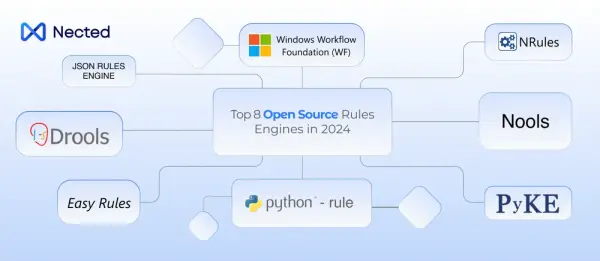



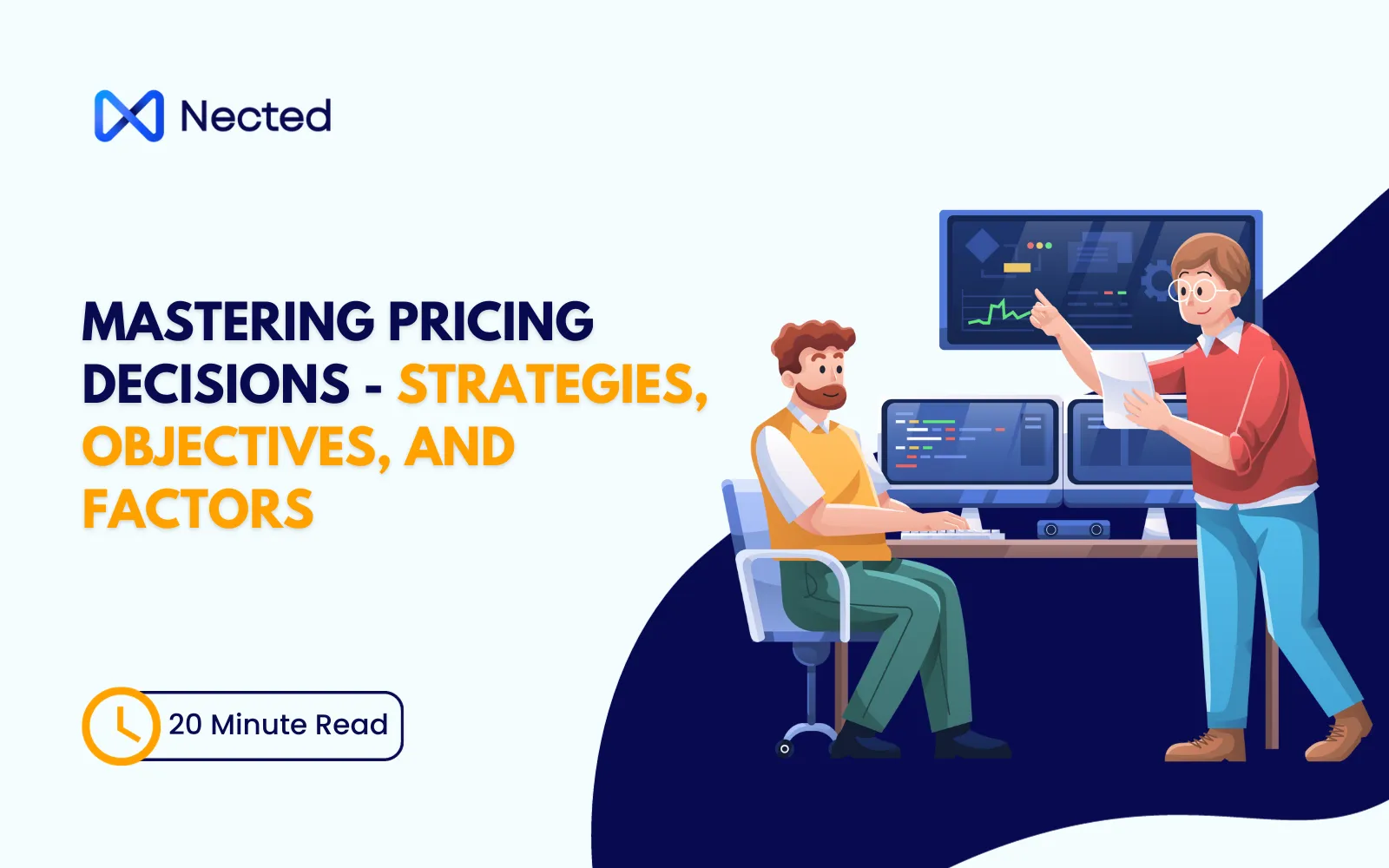
.svg)

.webp)
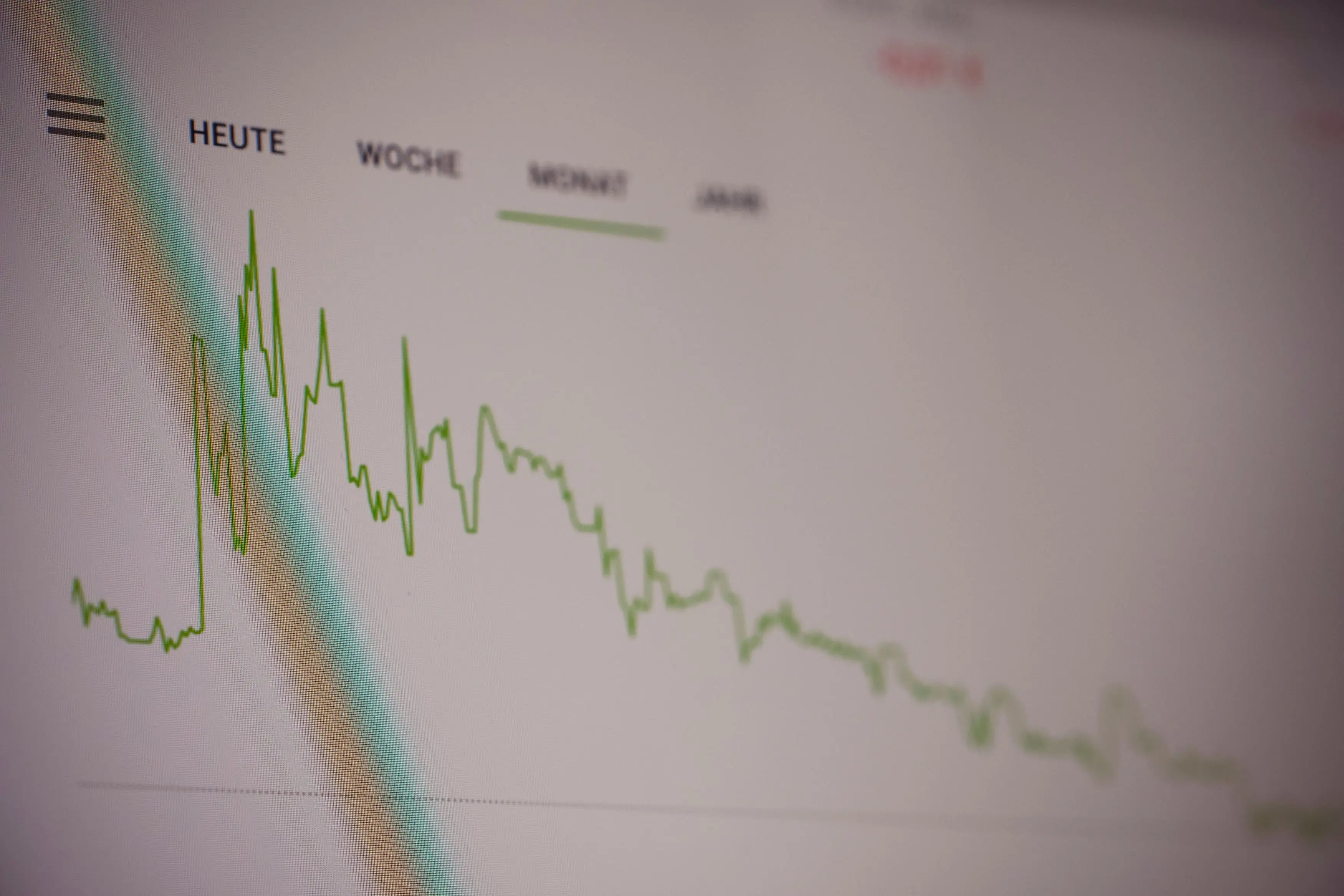


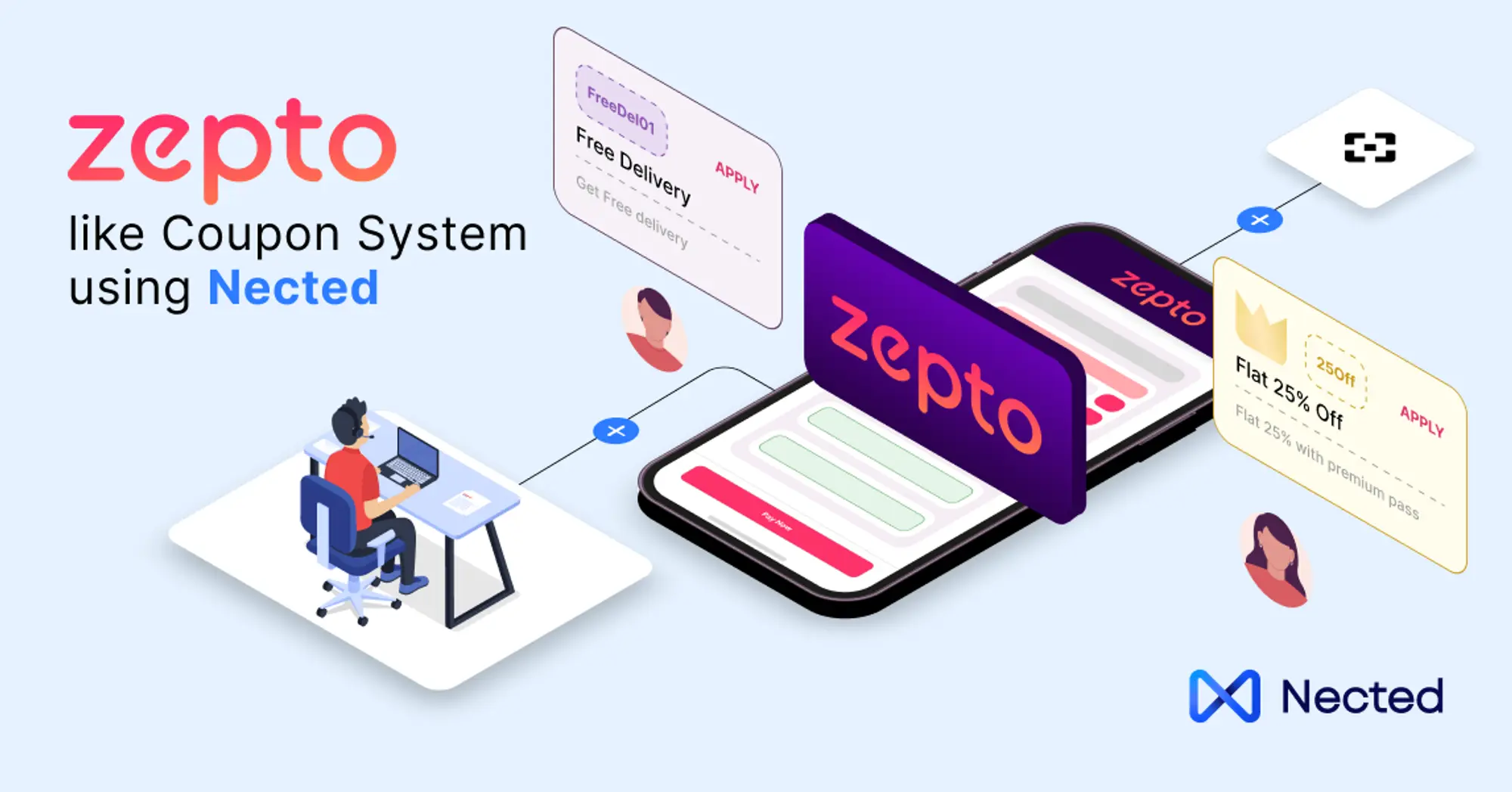
.webp)
.webp)

.webp)
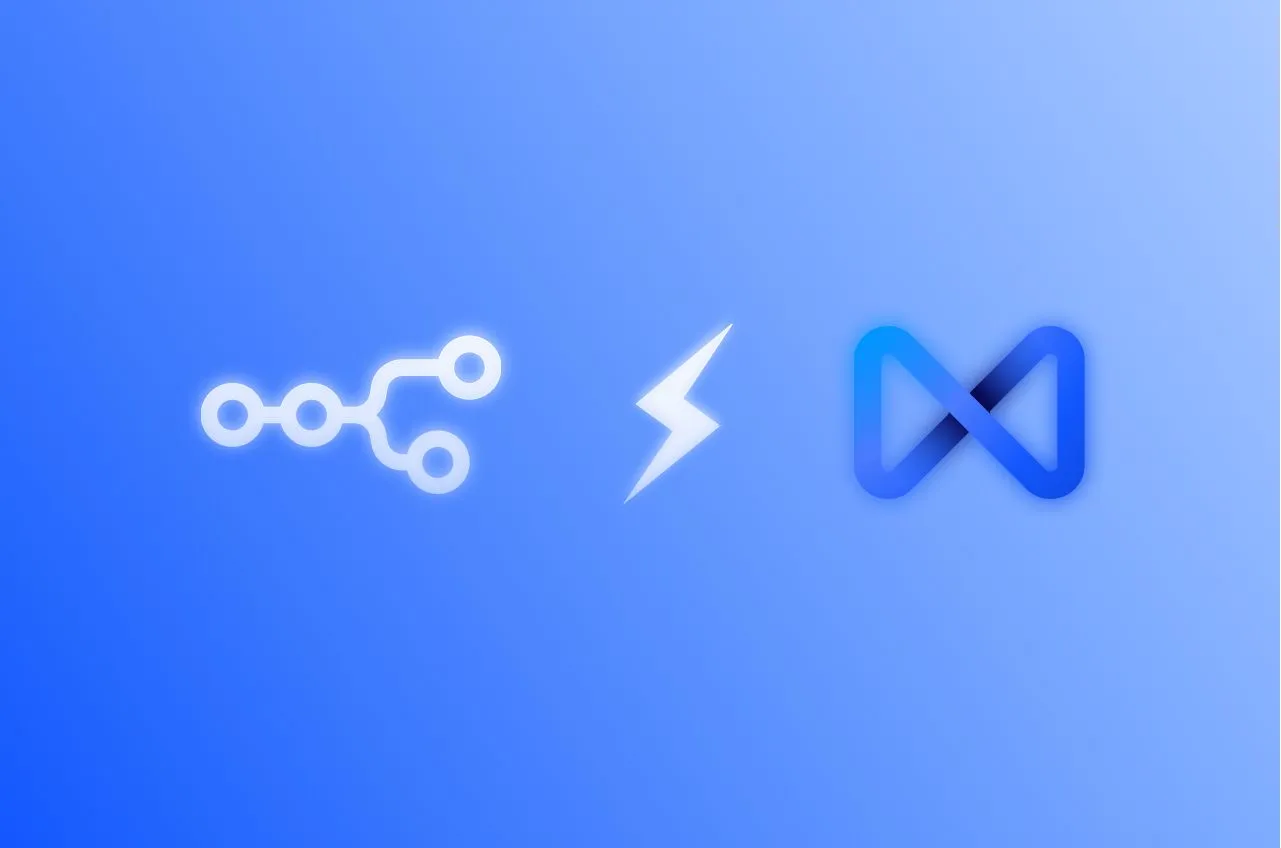

.svg)
.webp)




.webp)
.svg.webp)
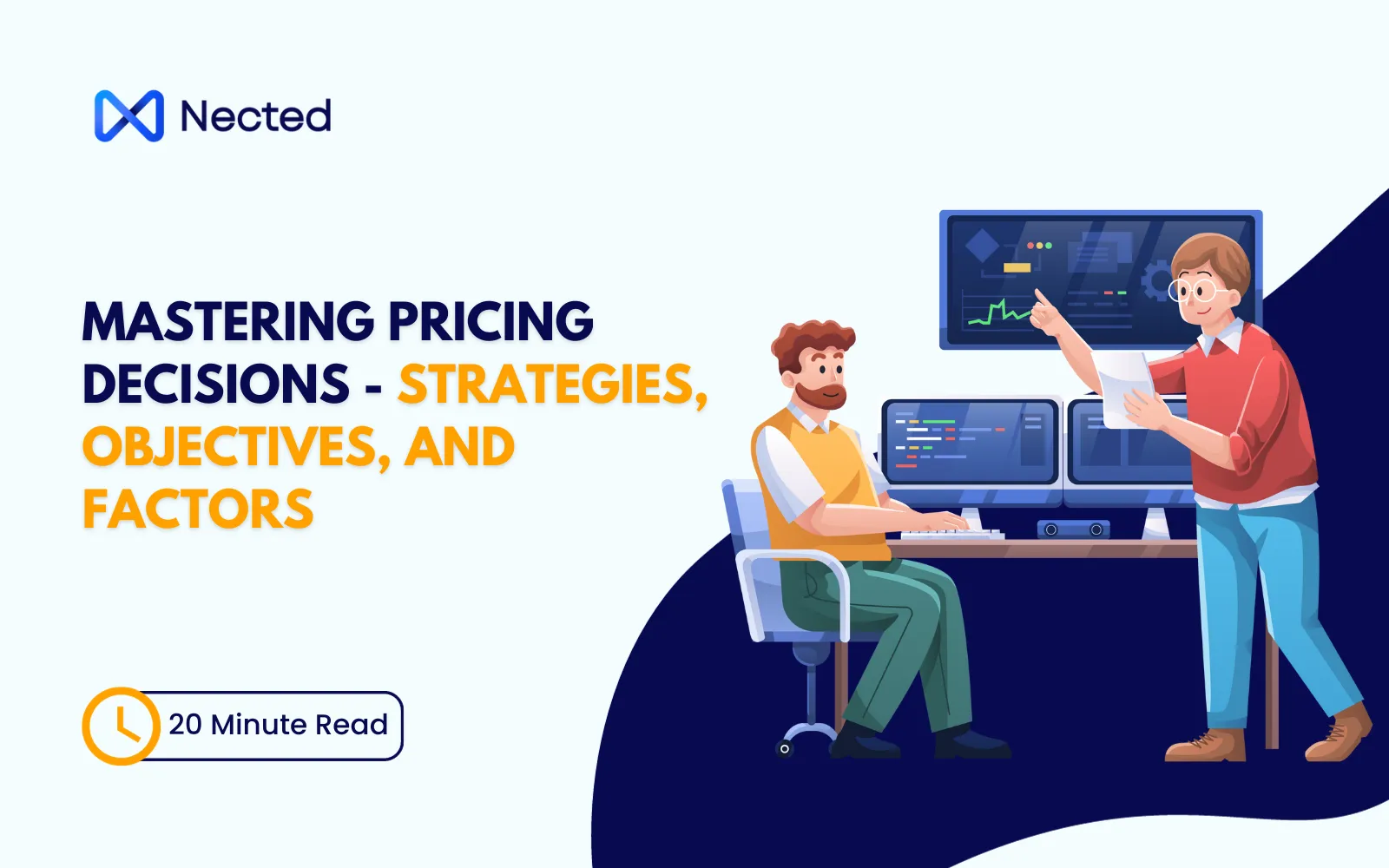
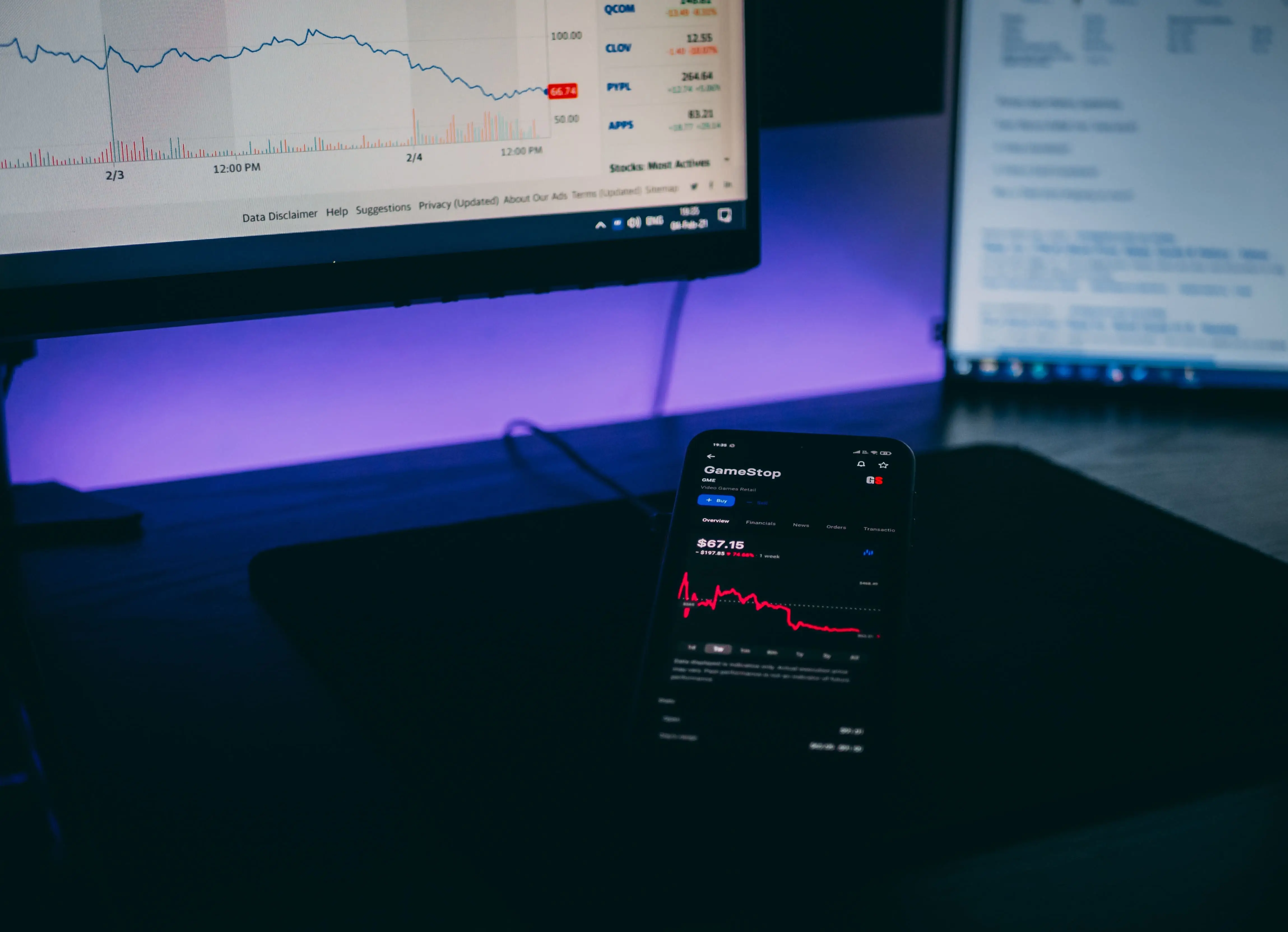
%252520(1).webp)
.webp)
%252520(1).webp)




.webp)
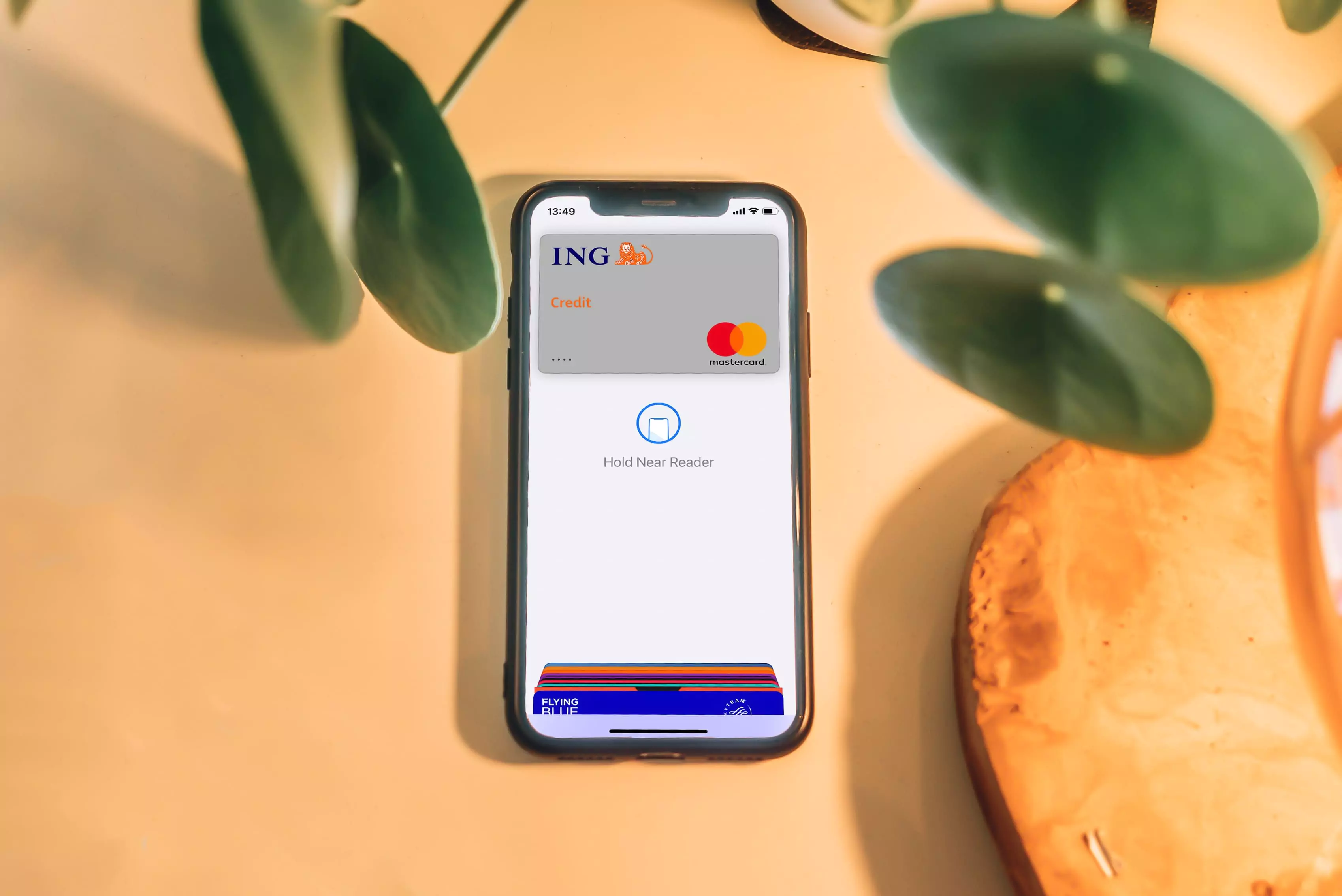

%20m.webp)
.webp)
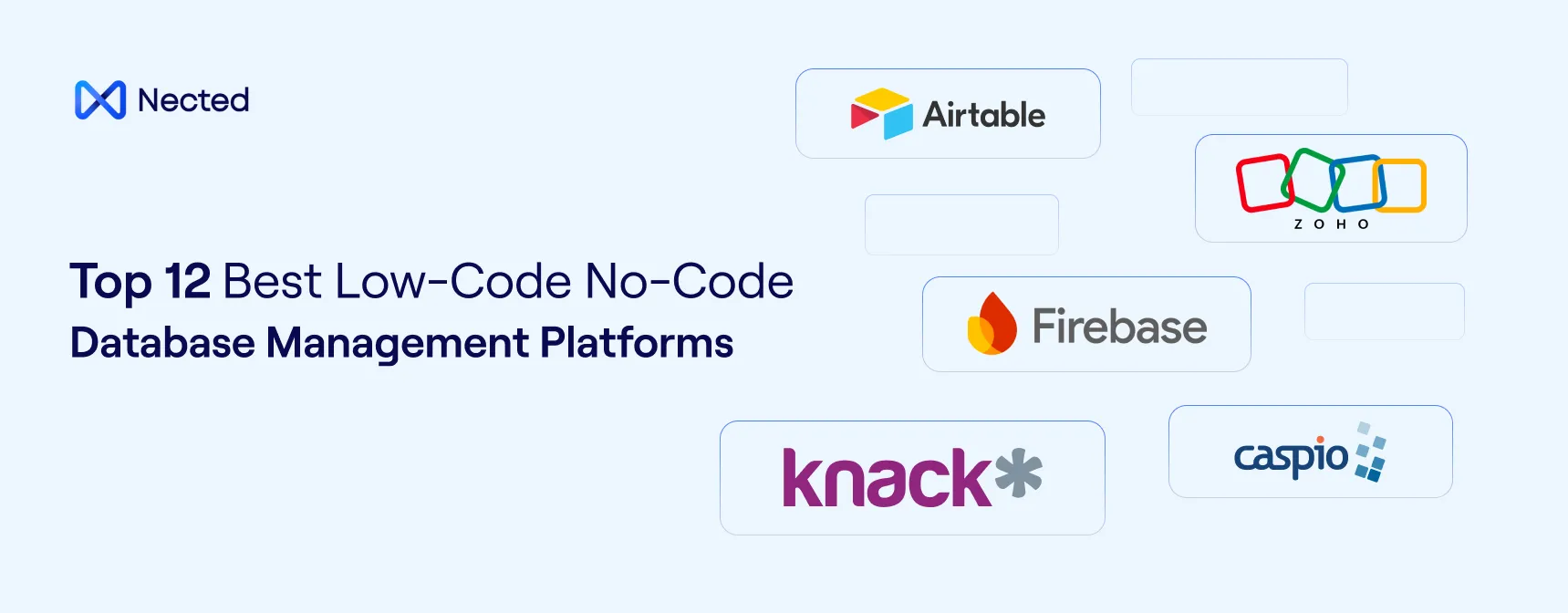
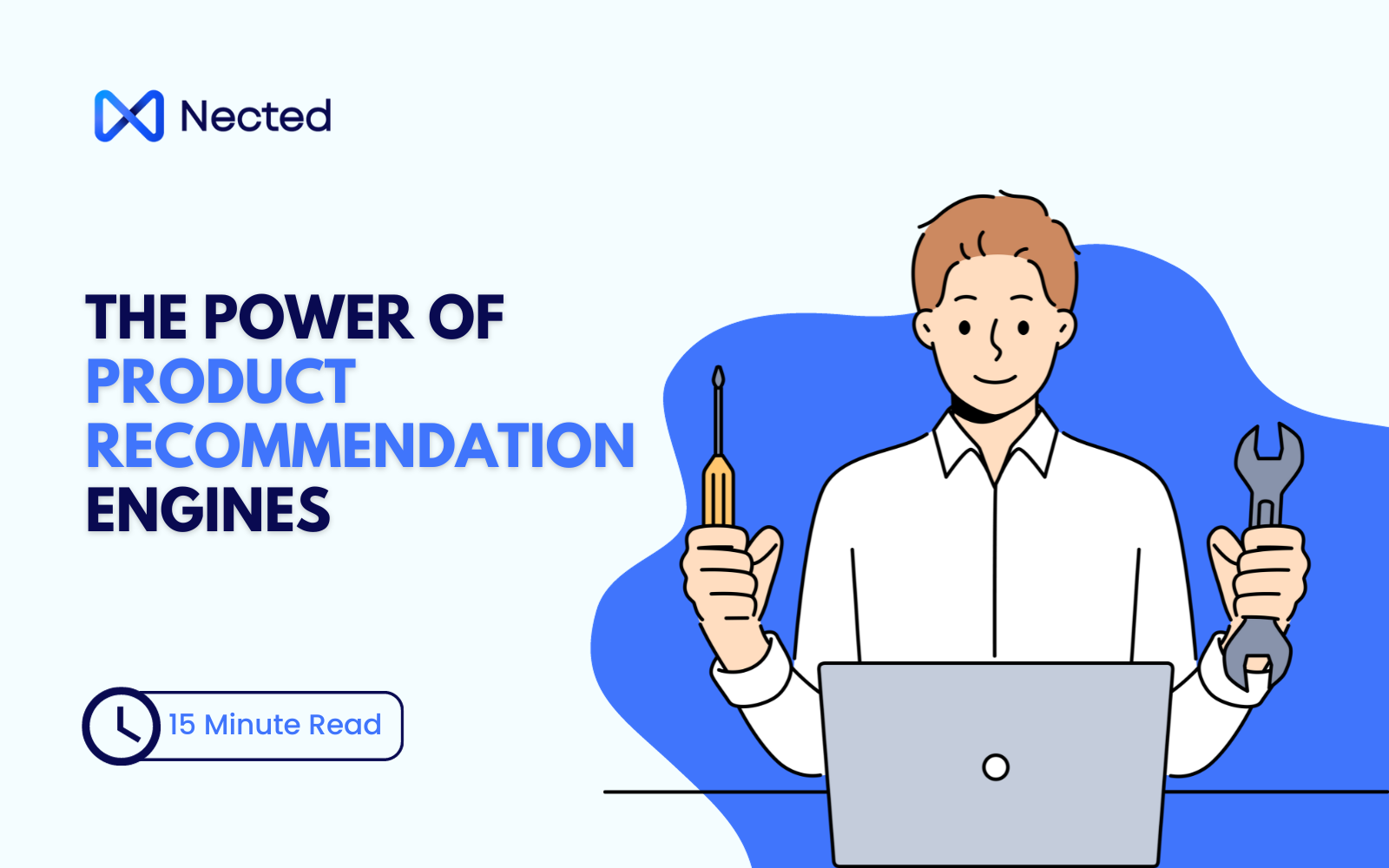
.webp)
.webp)


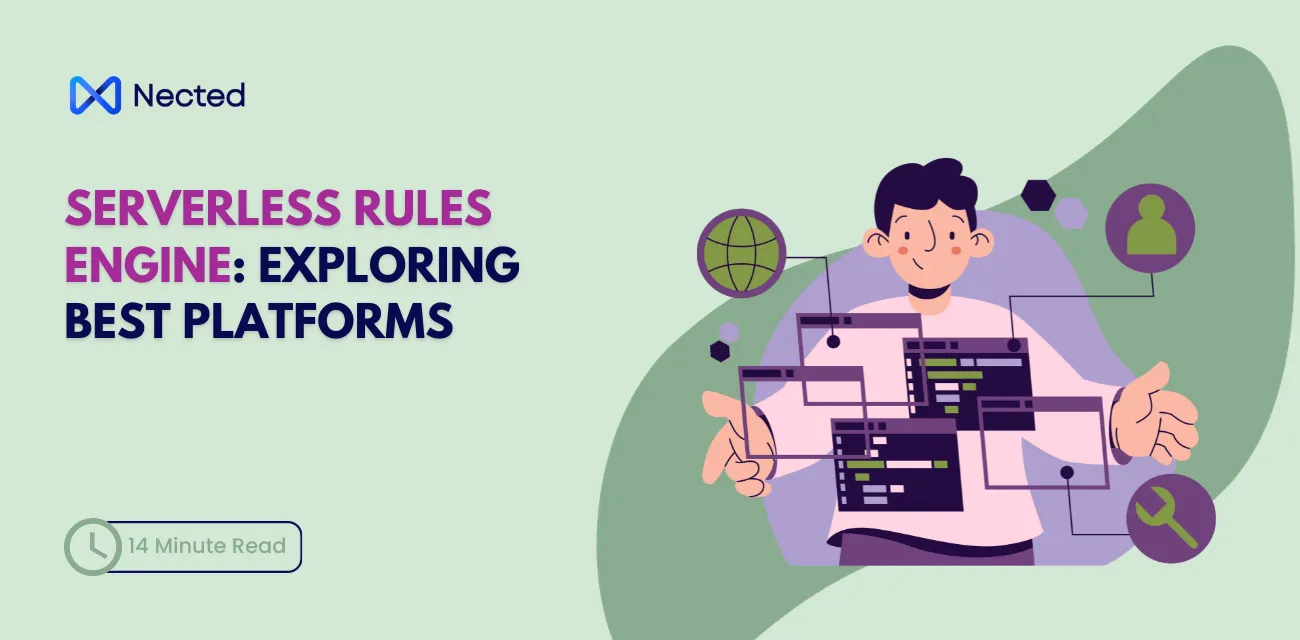



%20(1).webp)
